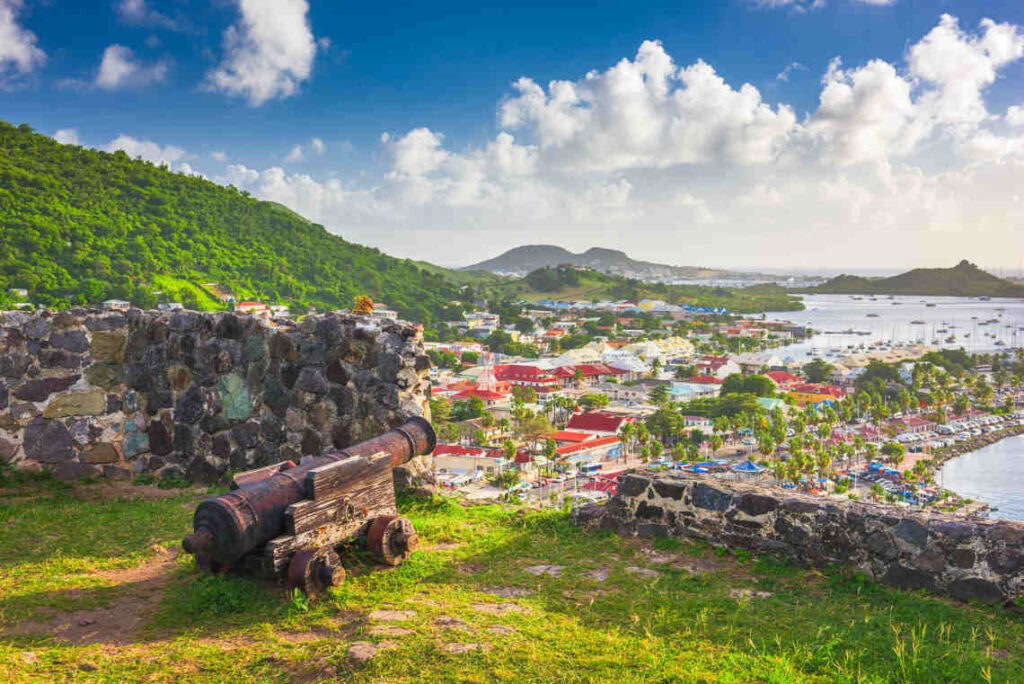Agriculture in Saint Martin (French & Dutch Sides)
Agriculture in Saint Martin plays a minor role in the economy due to the island’s:
- Small land area
- Limited freshwater sources
- Rocky and sandy soils
- Urban development and tourism dominance
Still, subsistence farming and small-scale agriculture do exist, especially in rural and inland areas.
Main Agricultural Products
| Crop | Notes |
|---|---|
| Fruits | Bananas, mangoes, guavas, papayas, coconuts |
| Vegetables | Tomatoes, cucumbers, eggplant, okra, sweet potatoes |
| Herbs & Spices | Thyme, basil, hot peppers |
| Livestock | Goats, chickens (mostly for local consumption) |
| Honey | Small-scale beekeeping is present in some areas |
Farming Methods
| Type | Description |
|---|---|
| Backyard Gardening | Very common among locals for food self-sufficiency |
| Small Community Farms | Operated by cooperatives or families |
| Urban Agriculture | Some rooftop or container gardening in town areas |
| Hydroponics & Vertical Farming | Slowly gaining interest due to land scarcity |
Challenges to Agriculture
- Hurricanes (e.g., Irma in 2017) frequently destroy crops
- Limited arable land
- Poor soil fertility
- Drought during dry season
- Heavy dependence on imported food (about 90%)
Use of Agricultural Products
- Local markets in Marigot and Philipsburg sell fresh produce
- Farm-to-table restaurants use local herbs, fruits, and fish
- Homegrown vegetables often supplement household diets
Agricultural Support & Revival Efforts
- Post-hurricane recovery projects have aimed to revive community farming
- NGOs and the government offer occasional training and subsidies for local farmers
- Calls for more resilient, sustainable farming in response to food insecurity


